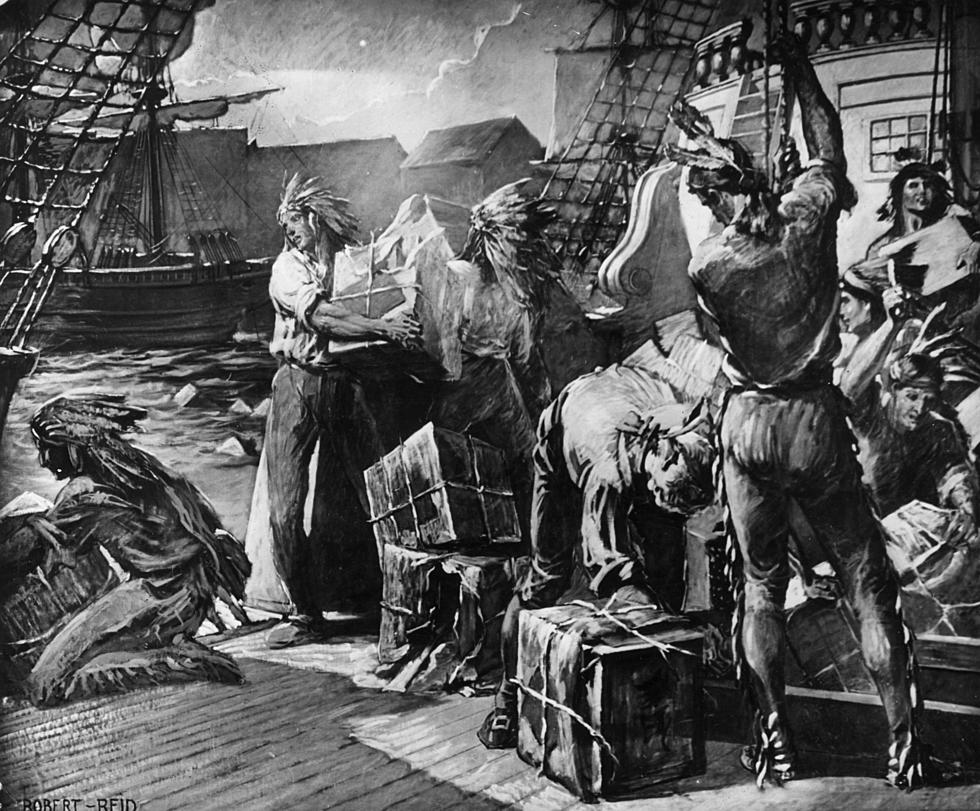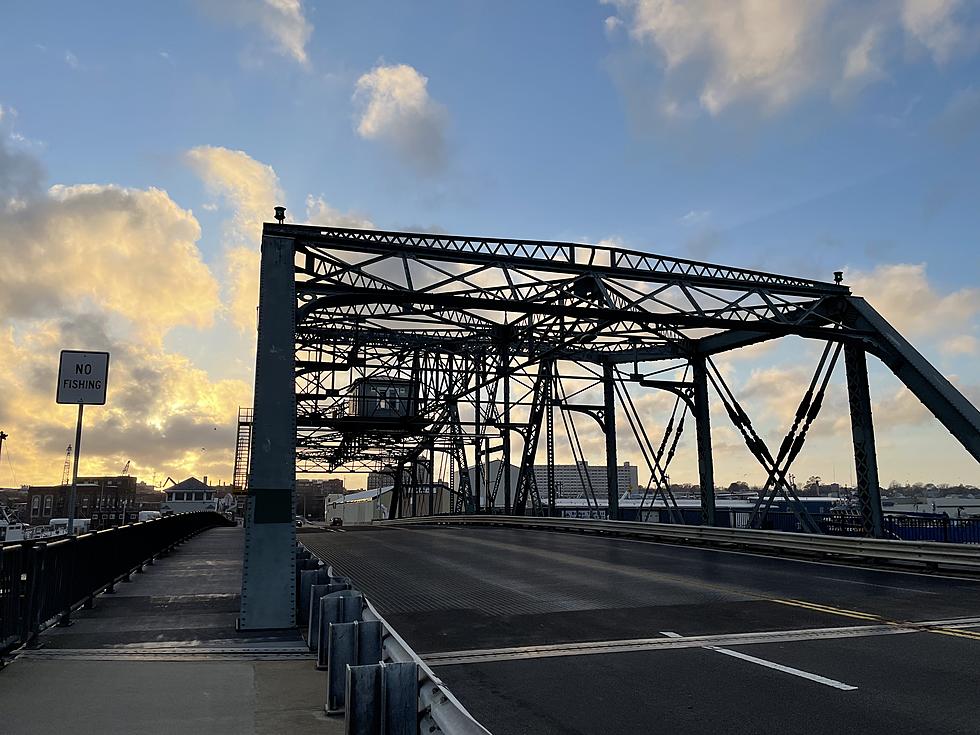
New Bedford Played a Major Role in the Boston Tea Party
As we prepare to mark the 250th anniversary of the Boston Tea Party on December 16, today’s date also played a pivotal role in the tea party story – as did the city of New Bedford, known then as just the village of Bedford.
On November 28, 1773, the first of the tea ships arrived in Boston Harbor. It was the Dartmouth, and it had been commissioned and built in Bedford, completed in 1767, the first ship built in the village that would come to be known as one of the top ship-building ports in the world.
It was built and owned by the Rotch family, who came to Bedford from Nantucket and became one of its wealthiest families.
The same year the Dartmouth was completed, the British government imposed the Townshend Acts upon the colonists, taxing many essentials – including tea. This of course enraged the colonists, who felt it was “taxation without representation,” as there was no colonial representative in the Parliament that passed the acts.
When the Dartmouth arrived in Boston on this date carrying 114 chests of tea from the British East India Company, it was still homeported out of Nantucket and commanded by Captain James Hall. The Sons of Liberty under the leadership of Samuel Adams showed up at Griffin’s Wharf to protest the duties that would have to be paid for the tea to be unloaded; the ship had 20 days to do so, or British customs officials could confiscate the cargo.
Adams called for a mass meeting the next day, November 29, in which the meeting members passed a resolution urging Captain Hall to send the ship back without paying the duties. In the meantime, the meeting assigned 25 men to watch the ship and prevent the tea from being unloaded.
Soon after, two more tea ships – the Eleanor and the Beaver – arrived, and on December 16, 1773, the infamous Boston Tea Party took place, with protesters dressed as Native Americans boarding the three ships and tossing the tea into the harbor. It reportedly took 100 men more than three hours to dump all the tea overboard, destroying what would equate to about $1 million in tea today.
The British reaction to the Boston Tea Party, as it came to be known, was to punish the colonists through what the soon-to-be Americans referred to as the “Intolerable Acts.”
This included the Boston Port Act, which closed the harbor until damages were paid; the Massachusetts Government Act, which removed the Massachusetts colonists’ right to self-govern; the Administration of Justice Act, which allowed British officials facing trial to have their trials moved out of Massachusetts; and an expanded Quartering Act, for the housing of British soldiers.
These “Intolerable Acts” helped fuel the fire of revolution, as the colonists rebelled, fought for independence, and a new nation was born.
And to think, the first ship ever built in New Bedford played a pivotal role in sparking the powder keg of liberty.

There is a celebration planned at the Boston Tea Party Museum to commemorate the 250th anniversary of the Tea Party, along with numerous other events you can find detailed on the museum’s website.
Currently, the Boston Tea Party Museum has two replica ships at Griffin's Wharf in Boston. One is a replica of the Eleanor. The other is a replica of the Beaver, which was constructed using 100-year-old fir planks reclaimed from a Fall River factory and copper sheets from the Paul Revere Copper Company, which had a copper plant in New Bedford for 147 years.
There are also plans to construct a replica of the Dartmouth, which would then be placed at the far end of Griffin’s Wharf with the Beaver and Eleanor flanking either side of the wharf.
Shawn P. Ford, Vice President and Executive Director of the Boston Tea Party Museum, is overseeing the plans for the Dartmouth.
“Our hope was to have the Dartmouth here for the 250th,” he told WBSM. “That was always the goal.”
Ford said the museum had entered into an agreement in 2019 to have the ship built and ready for the 2023 anniversary.
“We started to do construction once we reached the agreement, but in March 2020, COVID hit and stalled the whole project from moving forward,” he said.
Ford said that next year, after the 250th celebration has all wrapped up, the museum plans to engage construction again to get the Dartmouth finished and brought to Boston.
Unlike the other two ships, which were built into replicas by reconstructing existing ships, the Dartmouth replica will be built from scratch, in the same manner and using the same materials as would have been done in 1767.
Meanwhile, the building where the Dartmouth was originally commissioned over two and a half centuries ago still stands on Centre Street in New Bedford, right next to New Bedford Ship Supply. There is even a plaque on the side of the building commemorating it as that historic site.
Buildings Featured in the New Bedford Pathways Historical Walking Tours
Gallery Credit: Tim Weisberg
Peek Inside New Bedford's Historic Rodman Mansion
Gallery Credit: Kate Robinson
More From WFHN-FM/FUN 107









